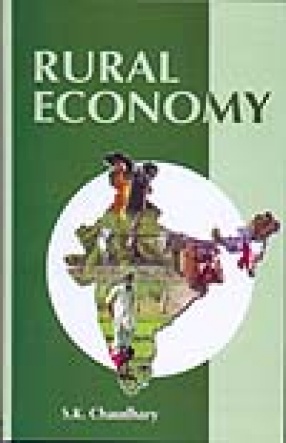
S.K. Chaudhary

Showing all 19 books

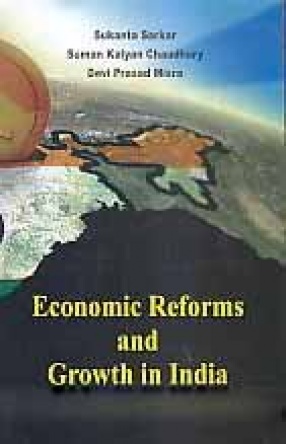
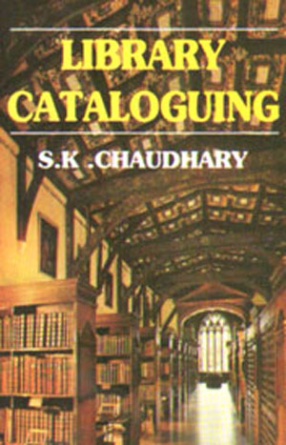

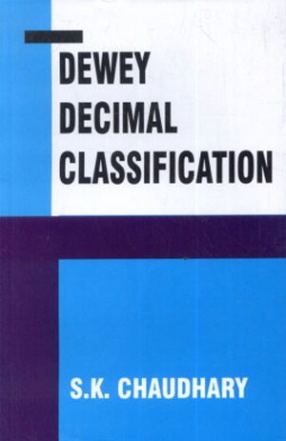
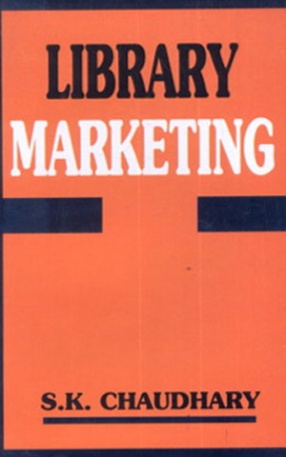
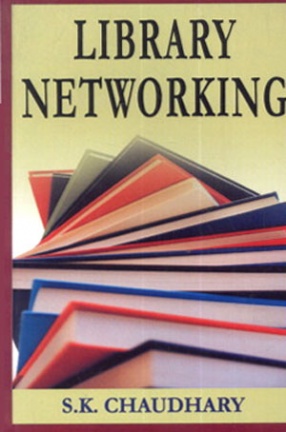
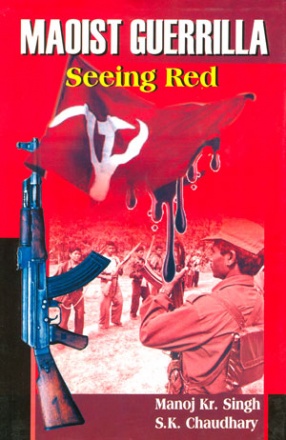
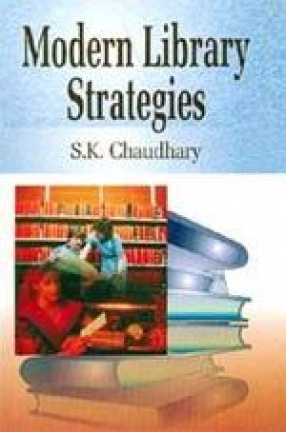
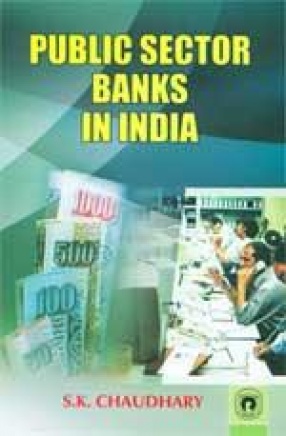

The rural Indian economy, like that of all developing economies, is largely agriculture based, Increasing the efficiency of markets involved in the inputs for agriculture such as seed, fertilizer, pesticide, and fuel would have serious implications for the incomes of farmers. The book comprises various aspects of Indian rural economy in broader perspective.

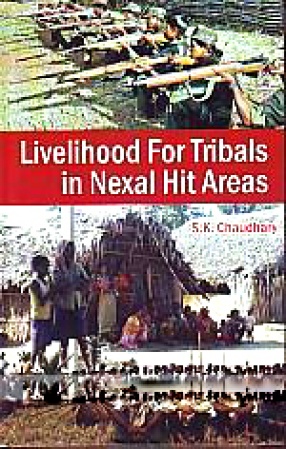

A Library Catalogue is a list of library materials contained in a collection, a library, or group of libraries, organized according to some definite plan. So, cataloguing or bibliographic control is the process of preparing such a list. The card catalogue was a familiar sight to library users for generations, but it has been effectively replaced by the Online catalogs.New Technology and system in cataloguing capability influence thinking on the Organizational ...

This book is a general introduction to preservation and conservation of library material for individuals and institutions with little or no preservation knowledge. It provide comprehensive methods and practices to assist libraries in establishing a responsible attitude to looking after their collections. The threats to collections are often known, but librarians frequently do not proclaim sufficiently loudly the consequences of ignoring the dangers. The book is ...

The Dewey Decimal Classification (DDC) is a general knowledge organisation tool that is continuously revised to keep pace with knowledge. The system was conceived by Melvil Dewey in 1873 and first published in 1876. The DDC is the most widely used classification system in the world. Libraries in more than 135 countries use the DDC to organise and provide access to their collections.Libraries of every type apply Dewey numbers on a daily basis and share these ...

The marketing of information has been a popular topic in the library profession in recent years. The information product and services are like customer product and services in many respect. Marketing of information means transference of information to the potential user/customer. Marketing approach is very useful to libraries to improve their image and to attract more users and help librarians to upgrade their reputation within their organisations and as a ...

The development of sophisticated technologies in computer an communication field has upset libraries world wide in storing and transmitting information. The computer and its communication circuits link to other computer or to terminals constituting an integral information machine. This technology introduced the network system. When a group of libraries using computers decide to exchange information, a library network is developed.The basic purpose for creating a ...

To regard the Maoists and strictly an external force importing change in the circumstances of the poor would be subscribe to a mechanical materialist and vulgar evolutionary theory, easily trumpted by Maoist dialectics. The Maoist movement in India is a direct outcome of the tragedy of India ruled by her big bourgeoise and governed by parties co-opted by that classfraction.The book comprises the entire history of Maoist guerilla spanning since its inception ...
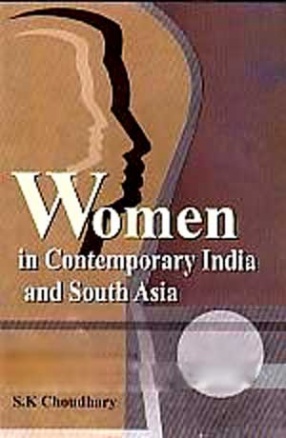

With the advent of the electronic information era, the old concept of a library being only a storehouse of books has now changed. Libraries are now busy in finding ways and means of exploiting the communication technology at their disposal to access their own and other library catalogues, CD-ROM databases and other resources. Computer networks are expected to play an increasingly important role in the libraries for resource sharing and management. The present ...
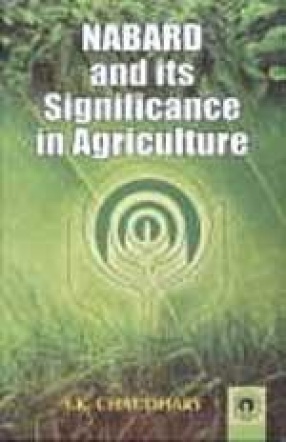
The presented book is the book of its own kind. It has been brought into being in view of huge demand on the part of teachers, students, scholars, researchers pertain to this sphere. The book specifically throws light on the NABARD banks and its vitality in agriculture.

The presented book with a difference encompassed in a significant way most of the aspects pertaining to public sector banks in India. Their functions, their significance, their inherent nature, success, failures. The easy language and the way of expression add another feature in the cap of book.
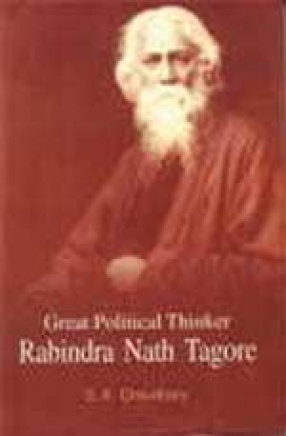
Rabindranath Tagore was such a poet whose passion was to depict human emotions and sentiments as such. He was a poet who knew the pulse of humankind-a painter whose pictures have the myriad hues of eternal love; a dramatist in whose stagecraft not only dreadful tragedies of life come alive but also the insatiable yearnings and aspirations of living live come to the brim. He chose his characters from everyday parlor not because their life revolved around ...
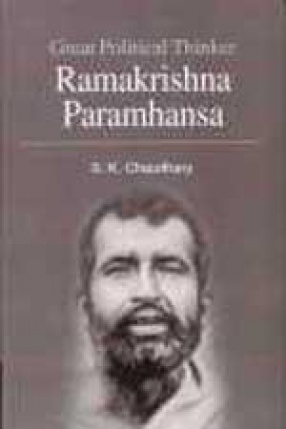
Ramakrishna felt, from his very boyhood, a passionate yearning for the vision of God. At the age of sixteen he went to Calcutta, but was disgusted by the materialistic ideals of the people of the great metropolis. Refusing to direct his attention to secular studies, he became a priest in the Dakshineswar Temple, where God is worshipped as the Mother of the Universe. By dint of intense prayer and longing, and practically without the help of any teacher, he ...
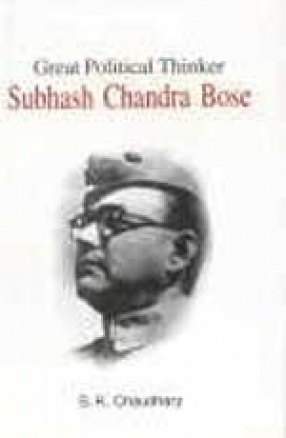
Subhas Chandra Bose, popularly known as Netaji was an outstanding leader of the Indian National Movement. The life of Subhas reads like a thrilling saga of most dramatic events. Subhas was truly the greatest hero of India's struggle for freedom. This outstanding book studies the ideas, vision and struggle of Netaji Subhas Chandra Bose for India's freedom.
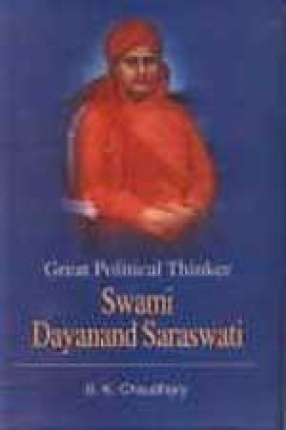
To speak of, write about, and believe in a thing as it is, constitutes truth. He that is prejudiced tries to prove that even his error is truth, while the truth of his religions opponent is error. He cannot, therefore, know what the true religion is. Hence it is the bounden duty of truthful and learned men to unfold this right nature of truth and error before all men in their writings and speeches and then to leave them free to judge what promotes their welfare ...

Swami Vivekanand's inspiring personality was well known both in India and in America during the last decade of the nineteenth century and the first decade of the twentieth. The unknown monk of India suddenly leapt into fame at the parliament of religions held in Chicago in 1893, at which he represented Hinduism. His vast knowledge of Eastern and Western culture as well as his deep spiritual insight, fervid eloquence, brilliant conversation, broad human sympathy, ...
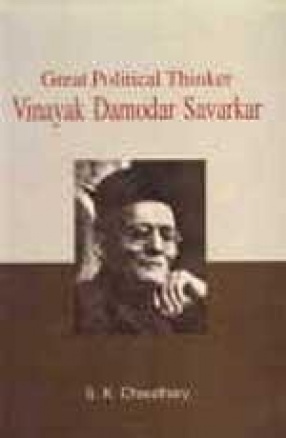
Vinayak Damodar Savarkar (1833-1966) was the first to call 1857" The Indian War of Independence." His book of the same title was published in 1909. It was immediately prescribed. It finally appeared in 1946. The original text was in Marathi. The author was 24 years old when he wrote his magnum opus. Savarkar's book has one remarkable feature--it is fiercely secular. Two quotations will do. Savarkar rites: "So, in the truer sense, we said that the ...
